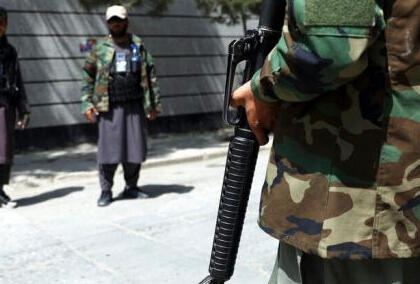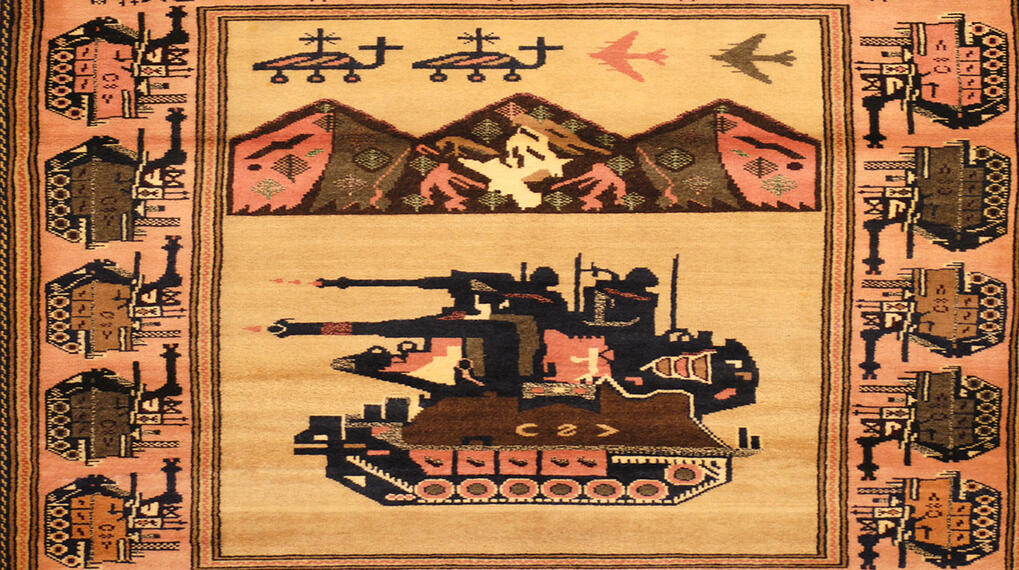Through the Sociological Lens: Sociology of War & Violence
The spoils of war is a scar that people carry for the rest of their life, yet why is it that people continue to wage it? How many lives need to be lost before humanity learns that there are no winners in War?
War and violence is an explicit misconduct under the rule of law in the universal paradigm. It is a frequent narrative that war has been viewed as an abnormal infringement in the modern world (West & Matthewman, 2016). It is said to be destructive to society and to cause both emotional and physical disability to individuals (Murthy & Lakshminarayana, 2006). “War is bad” people will tell you, “We should end wars” they’ll say. However, ironically, people live their everyday life taking pleasure from all forms of warfare and violence representations, e.g., games, movies, novels, and children's toys (Malesevic, 2010). In fact, It is seen from day to day reality if one would use the lens of militarization. Despite the so-called advancements of humanity and modernization, War never ceased to exist (Heinecken, 2015).
Although war and violence has never truly become a popular topic in sociological studies, peace studies sees that the chaos caused by war leads the society to social change. Malesevic(2010), explained that:
Human beings are essentially peaceful, reasoned, compassionate and cooperative creatures who become violent under the influence of ‘social ills’ such as private property, class divisions, institutionalised greed or something else. (p.2)
It therefore drives the people to seek change, which results in a resolve to fight to win who is in control of the land, the territory, or the state. The toll of the Afghanistan-Taliban War supersedes more than the financial cost. Thousands of men were killed and wounded. Whereas violence has become embedded within the media, the brutality Afghanistan endured is a history that can never be forgotten. What then, does this say about us, the people who are watching from afar?

Warfare and violence has become a common subject seen among depictions within films and the arts. This phenomenon is not foreign to Afghanistan, wherein Afghan war rugs which depicted guns and airplanes in carpets (rather than holy symbols) emerged. These rugs represented grim realities, the heartbreaks of warfare, the protest of Afghan people as they lament over what they lost.
It should be noted however, that as much as it had served as a reflection of the realities people faced, it was also made out of desperation to appeal to the market. Now featured among many articles, museums and shops, these pieces became commoditized-- souvenirs that made the realities of war digestible to the consumer. Now, as the international public revels in these carpets as conversation pieces; Afghan people are forced to face decades of violence-induced trauma with no psychosocial support.
In order to win this battle, there must be a social force that drives the Talibans to do these actions. However the question is, at the expense of war, what change would they ought to serve to their state and the people?

References:
Malesevic, S. (2010). Introduction: war, violence and the social. The Sociology of War and Violence, 1–14. doi:10.1017/cbo9780511777752.00
Scruton, R. (1987). Notes on the Sociology of War. The British Journal of Sociology, 38(3), 295.doi:10.2307/590690
West, B., & Matthewman, S. (2016). Towards a strong program in the sociology of war, the military and civil society. Journal of Sociology, 52(3), 482–499.doi:10.1177/1440783316654998
Spooner, B. (2011). Afghan Wars, Oriental Carpets, and Globalization. Expedition, 53 (1), 11-20. Retrieved from https://repository.upenn.edu/anthro_papers/63
Heinecken, Lindy. 2015. “THE MILITARY, WAR AND SOCIETY: THE NEED FOR CRITICAL SOCIOLOGICAL ENGAGEMENT.” Scientia Militaria - South African Journal of Military Studies. https://doi.org/10.5787/43-1-1107.
Human Rights Watch. 2019. Afghanistan: Little Help for Conflict-Linked Trauma. retrieved from: https://www.hrw.org/news/2019/10/07/afghanistan-little-help-conflict-linked-trauma#